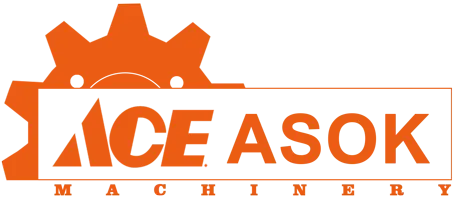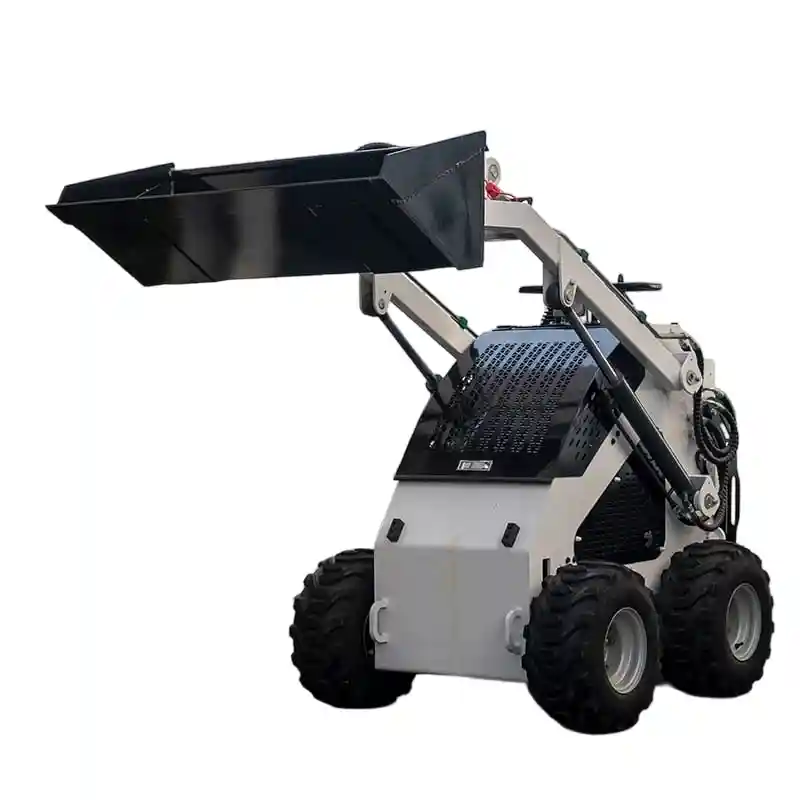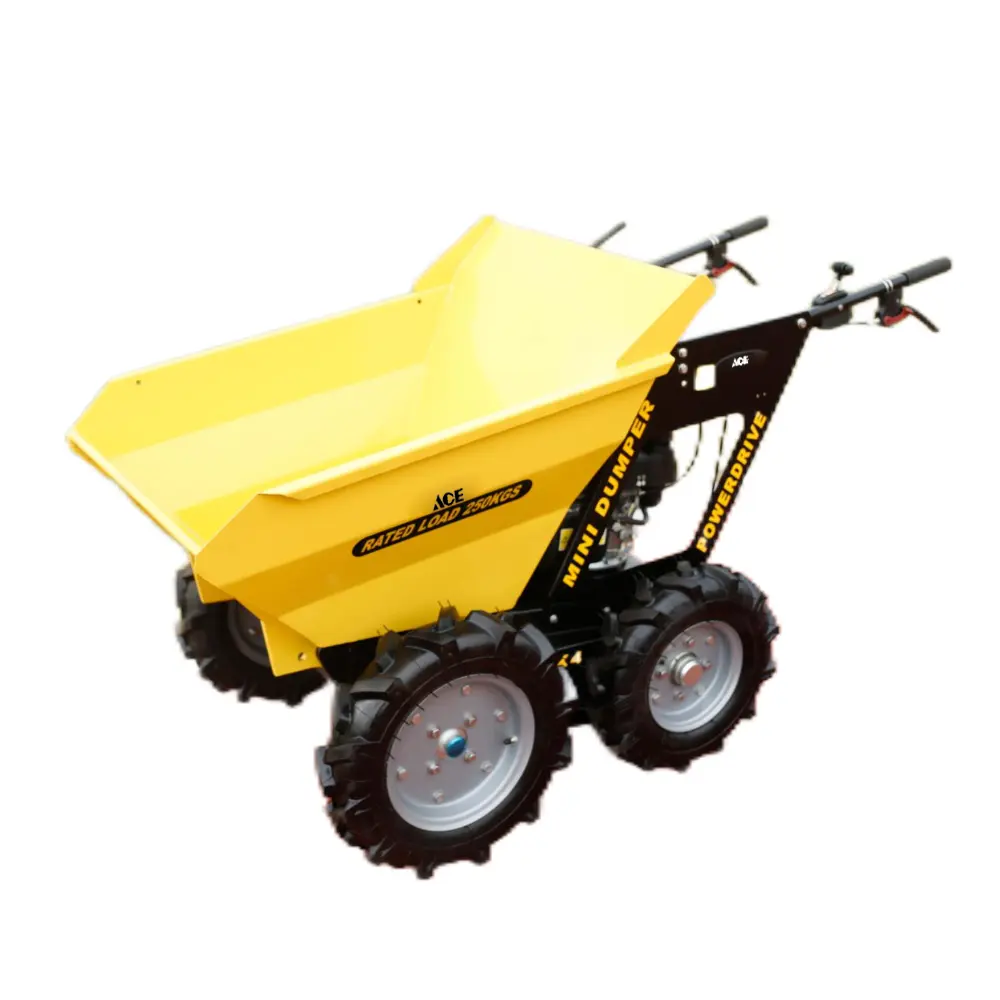Hidden cost killers: Why leasing and labor are no longer the best options?
Across construction, landscaping, utilities, agriculture, and municipal maintenance, hidden cost drivers are eroding margins. Long-term leasing ties firms to fixed monthly payments, premium insurance, and strict usage caps that penalize over-hours—costs that do not build equity. Short-term rentals seem flexible, yet transport fees, fuel policies, delivery delays, and weekend surcharges quickly compound, especially when jobs overrun.
Meanwhile, relying solely on manual labor or third-party subcontracts introduces scheduling bottlenecks, supervision overhead, safety risks, and productivity variance from shift to shift. By contrast, owning a compact machine such as a Mini Digger or Chinese mini excavator compresses timelines, stabilizes operating costs, and keeps production in-house.
Ningbo ACE Machinery Co., Ltd—a mini excavator exporter and mini excavator company from China with 29 years of manufacturing—addresses these pain points directly. Its B2B model, QA/QC team, R&D engineers, and rapid 7–30 day delivery enable contractors to deploy capacity precisely when and where it is needed.
Dealers and contractors seeking cheap mini excavators for sale without compromising reliability gain standardized quality control, global after-sales support, and training resources that help crews become productive in hours instead of weeks. The result: fewer idle days, fewer change orders, and more predictable cash flow.
Investment Analysis: How to Own Your Own Excavator. Can You Save You Money?
Ownership cuts recurring rental and transport fees, builds asset equity, and unlocks multi-trade productivity. A Mini Digger completes excavation, trenching, backfilling, and demolition faster than manual crews, compressing project schedules. With a reputable mini excavator exporter, total cost of ownership benefits from parts availability, training, and standardized QC. For firms doing steady sitework, payback often arrives within one to three seasons, with resale value cushioning future upgrades.
Overcoming obstacles: We make excavator ownership easy?
Ningbo ACE simplifies selection, financing coordination, shipping, and operator onboarding. Pre-delivery checks, multilingual manuals, and video training accelerate productivity. QC/QA traceability, spare-parts kits, and responsive support reduce downtime, ensuring a practical, low-risk path from inquiry to job-ready machine.
Keep reading to verify costs, capabilities, and step-by-step operation before choosing the right machine.

How much does a mini Excavator weight
Mini excavator weight varies by class, configuration, and attachments, typically ranging from around 0.8 to 6.0 metric tons (800–6,000 kg). Micro units (under 1 ton) excel in tight urban worksites, interior demolition, and landscaping where turf protection is vital. The mainstream 1.5–2.0 ton Mini Digger segment balances transportability with digging depth, enabling trenching for utilities, drainage, and light foundation work without special haulage permits in many regions.
Stepping up to 3–4 tons increases breakout force, stability with hydraulic thumbs or augers, and comfort features for longer duty cycles. Above 4 tons, users gain heavier-duty undercarriages and reach suitable for small demolition and road maintenance.<
Weight influences logistics, fuel consumption, and allowable trailer types. Lighter Chinese mini excavator models from a mini excavator company like Ningbo ACE are engineered for easy transport behind light trucks, reducing mobilization costs between jobs.
Compact dimensions and retractable undercarriages on select models pass through narrow gates and urban alleys while still offering standardized auxiliary hydraulics for attachments (tilt buckets, breakers, augers). Buyers evaluating cheap mini excavators for sale should match operating weight to soil conditions, pipe depths, and typical bucket sizes, ensuring the machine’s ground pressure, stability, and hydraulic flow align with daily workloads. Partnering with a mini excavator exporter helps right-size the machine and avoid overspecifying weight—saving both purchase price and lifetime operating costs.
How much does it cost to rent a mini excavator?
Rental prices depend on region, machine size, and included attachments, but the pattern is consistent: daily rates seem modest until delivery, pickup, fuel, damage waivers, cleaning, and over-hour penalties stack up. For a 1.5–2.0 ton Mini Digger, many markets charge a day rate plus transport that can rival a week’s payment on financing a comparable Chinese mini excavator.
Weekend and holiday work often triggers surcharges, while schedule slip adds unplanned days. If a trench runs into hardpan or rain halts backfill, the meter keeps running. Add-ons like breakers or augers—critical for utility work—carry their own daily fees and deposits.
Contractors performing recurring sitework frequently discover ownership outperforms renting within a few months of steady utilization. A dependable mini excavator company provides spare parts, training, and standardized controls that shorten learning curves and limit downtime. With a mini excavator exporter such as Ningbo ACE Machinery, machines arrive pre-checked, with optional quick couplers and auxiliary lines ready, minimizing wasted rental days for setup.
For distributors seeking cheap mini excavators for sale to build fleet offerings, wholesale pricing and 7–30 day lead times enable stronger margins than passing through third-party rental costs. Ultimately, calculating annualized machine hours clarifies the tipping point: above a modest threshold, owning a Chinese mini excavator usually delivers lower cost per hour.
How to drive a mini excavator?
Operating a mini excavator is methodical when approached step-by-step. After the walk-around inspection—checking fluid levels, track tension, hoses, safety decals, ROPS, and attachment pins—the operator belts in, adjusts the seat and armrests, and confirms neutral controls. On most Mini Digger layouts, travel levers control movement and turning; pilot joysticks manage boom, arm, bucket, and swing; dozer blade controls stabilize the machine and grade backfill.
Start smoothly in an open area: drive forward and reverse at low speed, practice gradual turns, then deploy the blade for stability. With the upper structure aligned, practice coordinated boom-arm-bucket motions: dig, curl, lift, swing, dump, and return—keeping movements slow and controlled to learn machine response.
Safety and efficiency rise with good habits. Keep the blade forward for stability on slopes; travel with the bucket low for a lower center of gravity; avoid sudden swings near personnel; and track up and down slopes in straight lines. Before trenching, mark underground utilities and verify soil conditions; use short, consistent cycles to maintain trench grade.
A mini excavator company or mini excavator exporter that supplies training videos and quick-start guides—such as Ningbo ACE—reduces onboarding time for new crews. Standardized joysticks, auxiliary hydraulics for thumbs or augers, and optional quick couplers make switching tasks fast. For buyers comparing cheap mini excavators for sale, prioritize clear sightlines, proportional hydraulics, and responsive after-sales support. These factors, common in well-built Chinese mini excavator models, transform basic driving into precise, productive excavation.
Conclusion
Owning a compact excavator stabilizes costs, lifts productivity, and compounds savings—job after job and season after season.
Why partner with Ningbo ACE Machinery
Ningbo ACE Machinery Co., Ltd serves global dealers and contractors as a focused B2B mini excavator exporter. With 29 years of manufacturing, R&D support, and a dedicated QC/QA team, the company delivers Chinese mini excavator models engineered for reliability and value. International sales specialists coordinate quotes, and operator training to accelerate ROI.
For distributors and fleet owners seeking cheap mini excavators for sale backed by responsive parts and service, Ningbo ACE provides a streamlined path to ownership—reducing dependence on rentals and third-party schedules while improving control over project outcomes.





